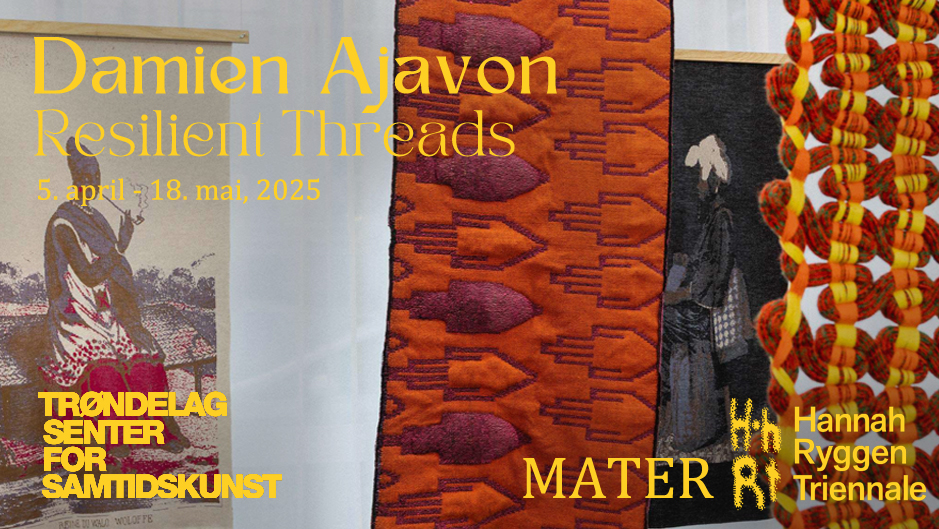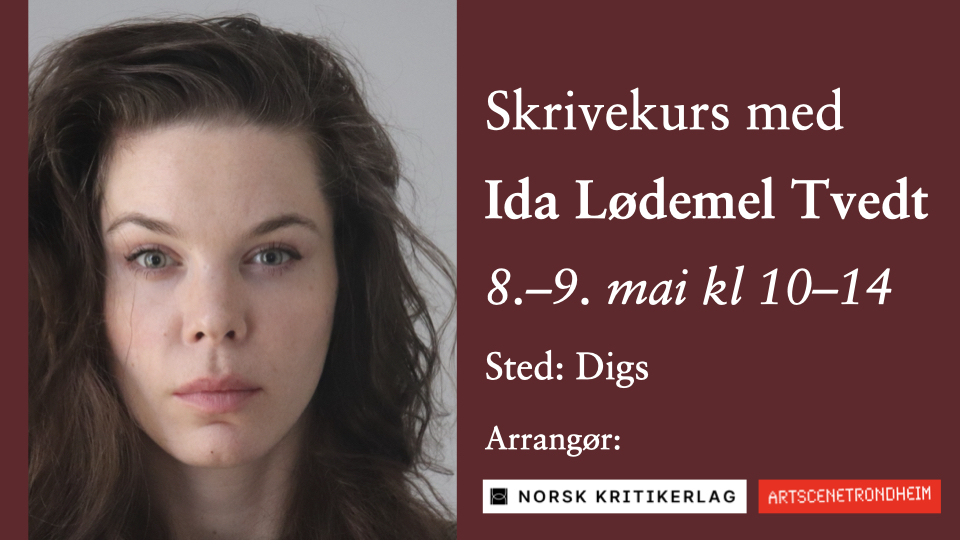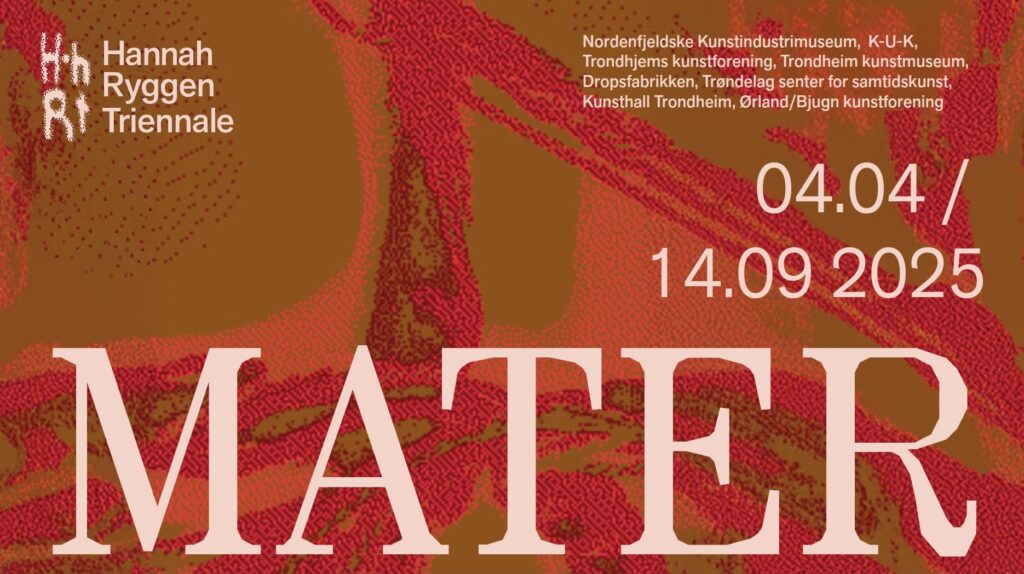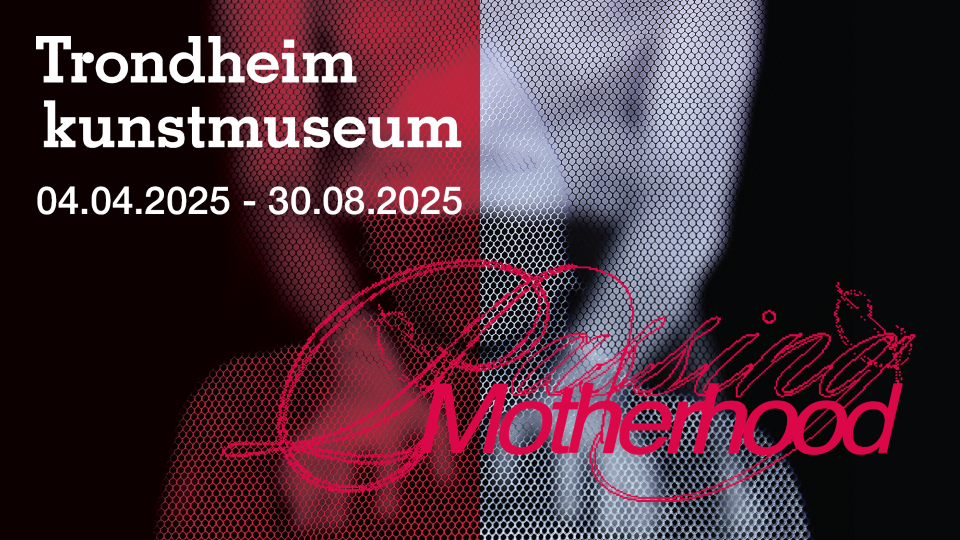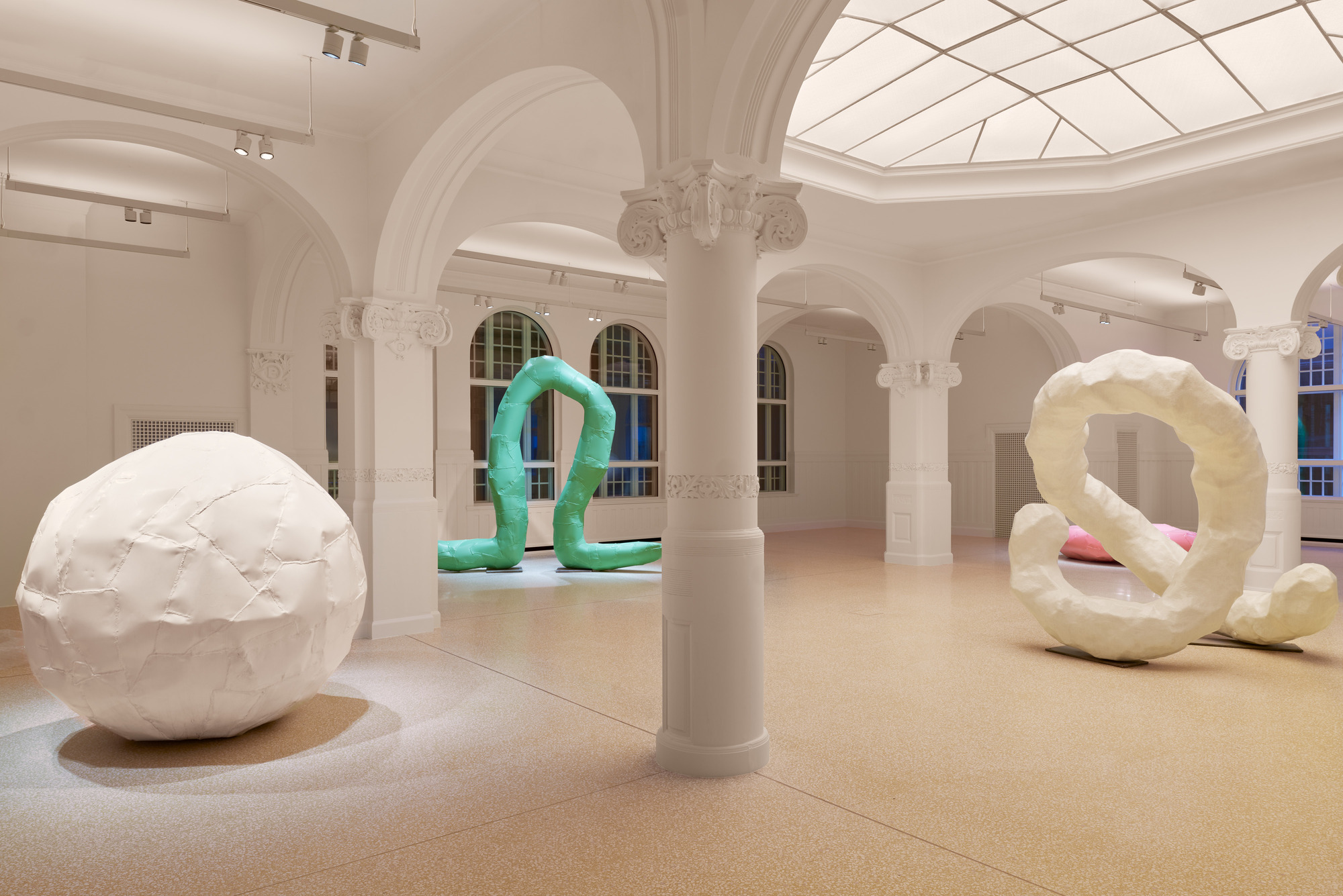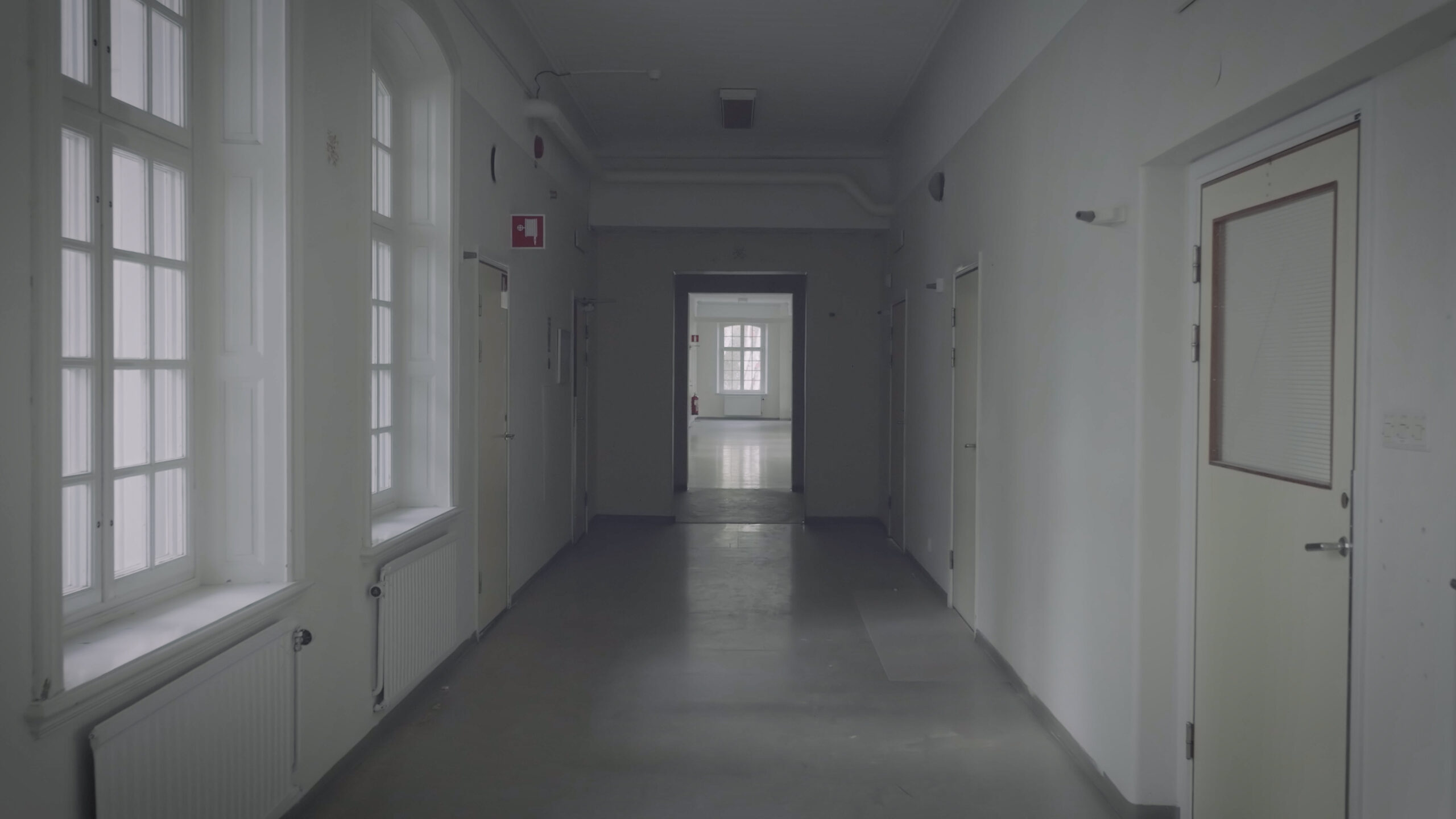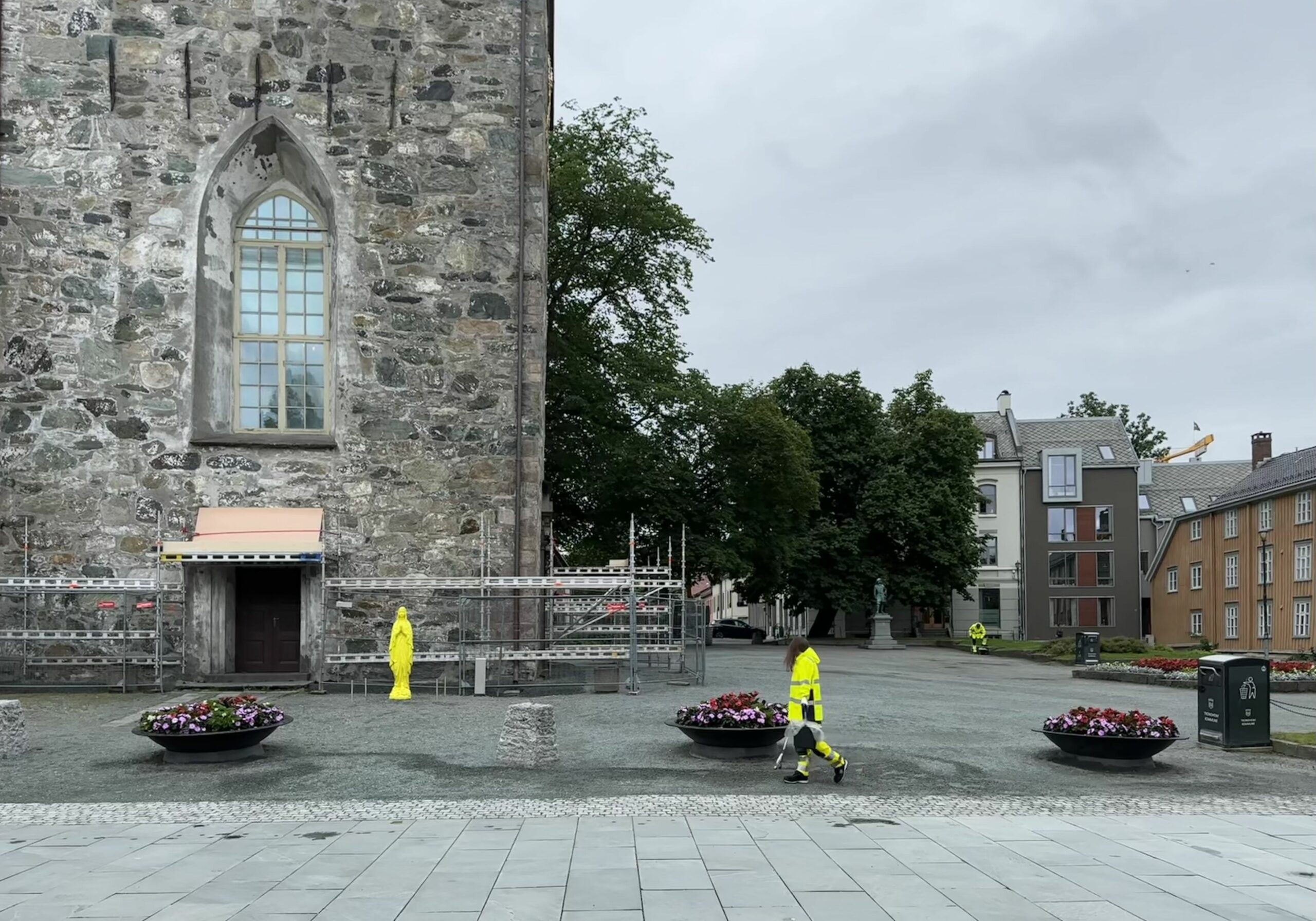Divisions of labour
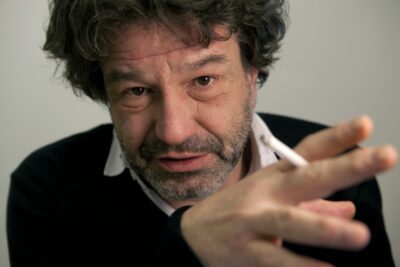
Interviews, Intervju, Eline Bjerkan 16.03.2015
All the funding of art and culture on a European level is immediately connected to creative entrepreneurship. This is what they’re going to fund, nothing else. This shift’s happening right now. We might not notice it, but in ten years time, we will be confronted with a completely different art world.
Florian Schneider is the Head of the Trondheim Academy of Fine Art at the Norwegian University of Science and Technology (NTNU). Wednesday will be the opening of «10 Working Days», which is part of his project Divisions: Shows, lectures, presentations and exhibitions are held in order to try and find out what exactly is the role of art and the artist in a post-industrial society. Eline Bjerkan invited him to elaborate:
FS: We have a very general approach. The question about the role of the artist isn’t a new one. However, we think it makes sense to address this question in the specific context of Trondheim and NTNU. Apparently there’s something changing, or something has changed: We experience a kind of passage from a reality where artists are not part of the general production in a society, to all of a sudden we find ourselves in the midst of creative production: creative industries, knowledge production and so on. All these buzzwords.
If you compare this to the artistry from the 20th century, you will find that the art (the immaterial) is opposed to a production that’s all about resources, raw material that’s been processed and manual labour. Not to say that this doesn’t exist anymore, but we find ourselves in a context where the NTNU appears as a big factory of knowledge production with several divisions of labour and a great variety when it comes to who produces what. So, does this affect our understanding of ourselves as artists? We already know that the municipality of Trondheim wants to invest in «Creative Trøndelag».
 EB: Is that to say that working as an artist today involves a higher level of disintegration of the borders between manual and intellectual labour?
EB: Is that to say that working as an artist today involves a higher level of disintegration of the borders between manual and intellectual labour?
FS: That disintegration is what’s characterized the history of art since minimalism and conceptualism. I mean, those were the first artists who encountered that something was changing. Generations of young artists moved into empty workshops in the south of Manhattan and set up their artist studios there. They worked with the materials that the craftsmen had left, but created something that existed only on a purely immaterial, conceptual level. This anticipated something that then happened later on at a much broader scale and is now affecting our entire society. We have to mobilize similar energies or forces in order to, for example, anticipate what is going to happen when there is no oil any more. Can we seamlessly switch to knowledge production, creative industries and so forth? It’s kind of mapped out, yeah? We spent all this money from the oil to make the knowledge production strong.
EB: Divisions is, like you said, a project anchored in the local circumstances of Trondheim and NTNU. On the other hand, many of the artists and lecturers who are to speak during «10 Working Days» are internationally acclaimed and arrive from all over the globe. It’s an impressive crew.
FS: The lectures will be opened by Koyo Kouoh. She’s artistic director of Raw Material Company, a center for art, knowledge and society in Dakar. She also served as curatorial advisor for Documenta 12 and 13, among other things. Also, we’ve invited Corinne Diserens, who’s been an respected curator for the last 20-30 years. She’s the director of the art academy in Brussels and will be working with Sven Augustijnen at Trondheim kunsthall. They will revisit Hannah Ryggen’s tapestry Fiske ved gjeldens hav from 1933. It poses the question of the working conditions for fishermen by Trondheimsfjorden in the early 1930s after the financial crash and it will be interesting to translate this into our times.
 Another of our guests is Maurizio Lazzarato, a sociologist and philosopher living and working in Paris. He’s is an influential French-Italian theorist who basically revisits the work of Nietzsche and Deleuze. Lazzarato’s the author of The Making of the Indebted Man and Signs and Machines and he will be sharing some of his research into the role of debt. Then we have Soenke Zehle from the Academy of Fine Arts Saar, who has an interesting approach when it comes to the question of sustainability: How do resources and human beings get exhausted? The issues are burn outs, fatigues syndrome and so on. The dark sides of creative industries.
Another of our guests is Maurizio Lazzarato, a sociologist and philosopher living and working in Paris. He’s is an influential French-Italian theorist who basically revisits the work of Nietzsche and Deleuze. Lazzarato’s the author of The Making of the Indebted Man and Signs and Machines and he will be sharing some of his research into the role of debt. Then we have Soenke Zehle from the Academy of Fine Arts Saar, who has an interesting approach when it comes to the question of sustainability: How do resources and human beings get exhausted? The issues are burn outs, fatigues syndrome and so on. The dark sides of creative industries.
These are only some of the lecturers and artists who will share their thoughts on the role of the artist. The presentations will, naturally, be diverse, but everything is connected within a relatively loose framework. We want to weave things together from different perspectives. I’m relatively confident and optimistic that it will produce quite an astonishing intensity; we come to the same questions over and over again but from different perspectives.
EB: The Norwegian Ministry of Culture recently published  «Kunstens autonomi og kunstens økonomi», a report on art’s autonomy and economy which encourages artists to take on a role similar to that of the entrepreneur. This seems highly relevant to your project.
«Kunstens autonomi og kunstens økonomi», a report on art’s autonomy and economy which encourages artists to take on a role similar to that of the entrepreneur. This seems highly relevant to your project.
FS: The project doesn’t directly pick up the questions from the report, but it’s definitely operating in this same context. It takes place against the backdrop of this debate. But rather than just lamenting and say how awful this is, we want to do a proper research; to find out what exactly is happening here in Trondheim. Sure, you could say that this report is a neo-liberal attack on our understanding of the 20th century artist. But we can’t just continue to defend outworn clichés from the last century. We have to think about how we want to live and work in a new society. It’s our challenge and duty as artists to address this question. To speak out what others might not be able to see immediately.
EB: «10 Working Days» is part of a second layer of Divisions. The first layer consists of interviewing researchers from all across NTNU, and asking them what producing knowledge means to them. The third part will be the commissioning of five artworks in collaboration with other art institutions in Trondheim. This project spans two years and you say you will try to continue on a European level. Is it not too early to pin down our contemporary, complex artistic situation?
FS: It’s the right moment. I’m totally convinced it’s the right moment.
10 Working Days is a series of events from March 18th – 27th in different venues in Trondheim. Take a look at Divisions for an overview of the program.
